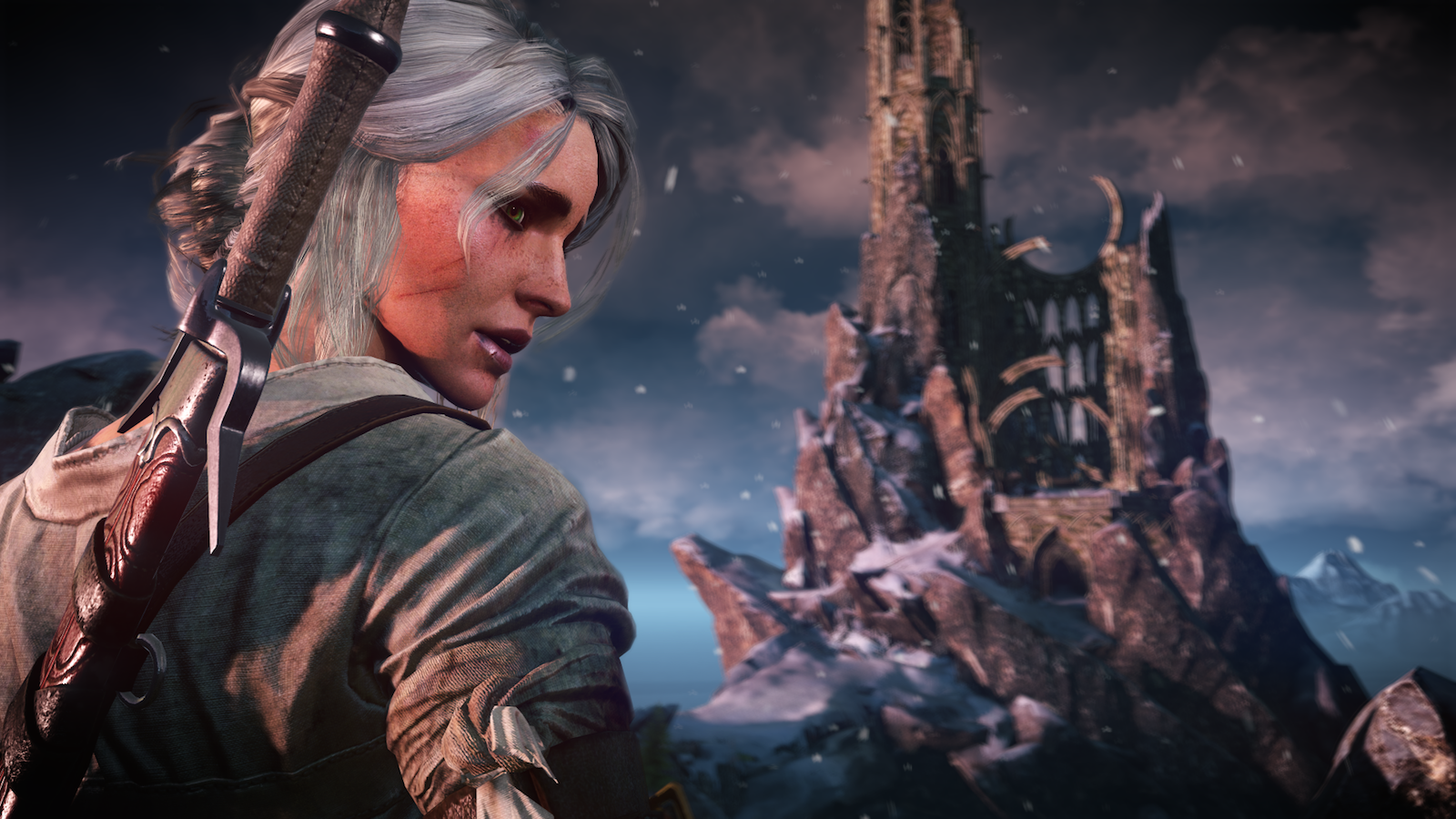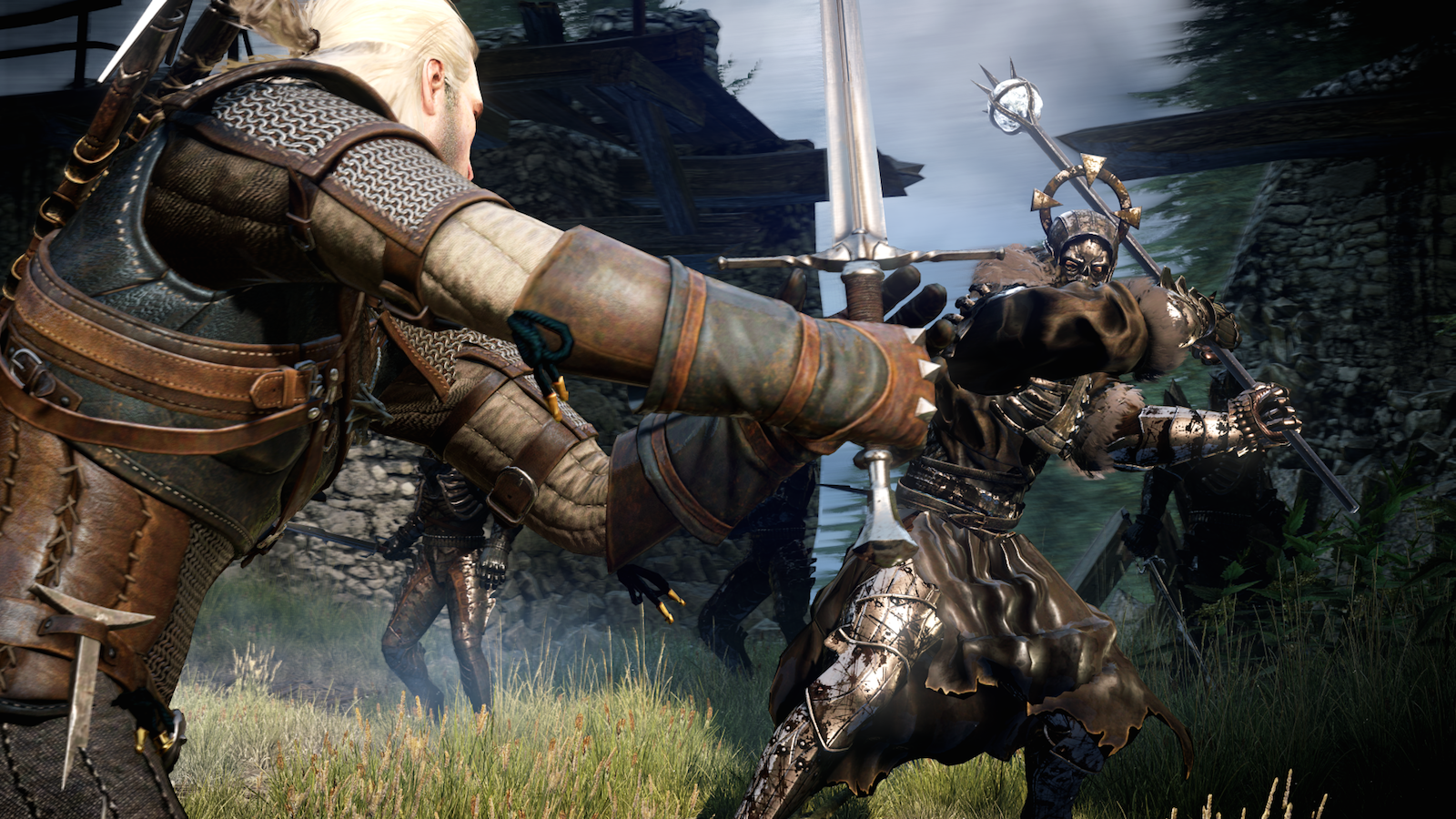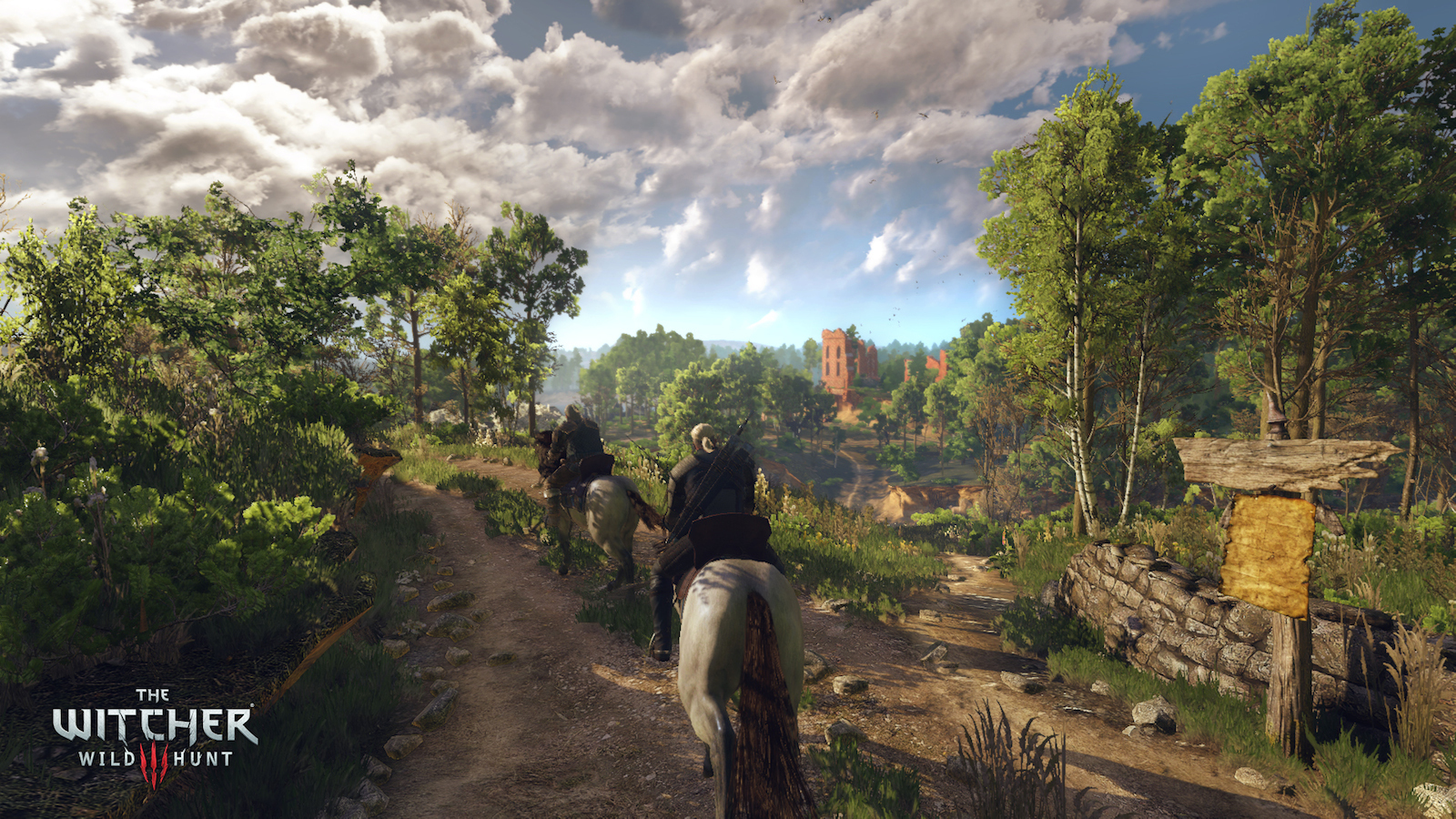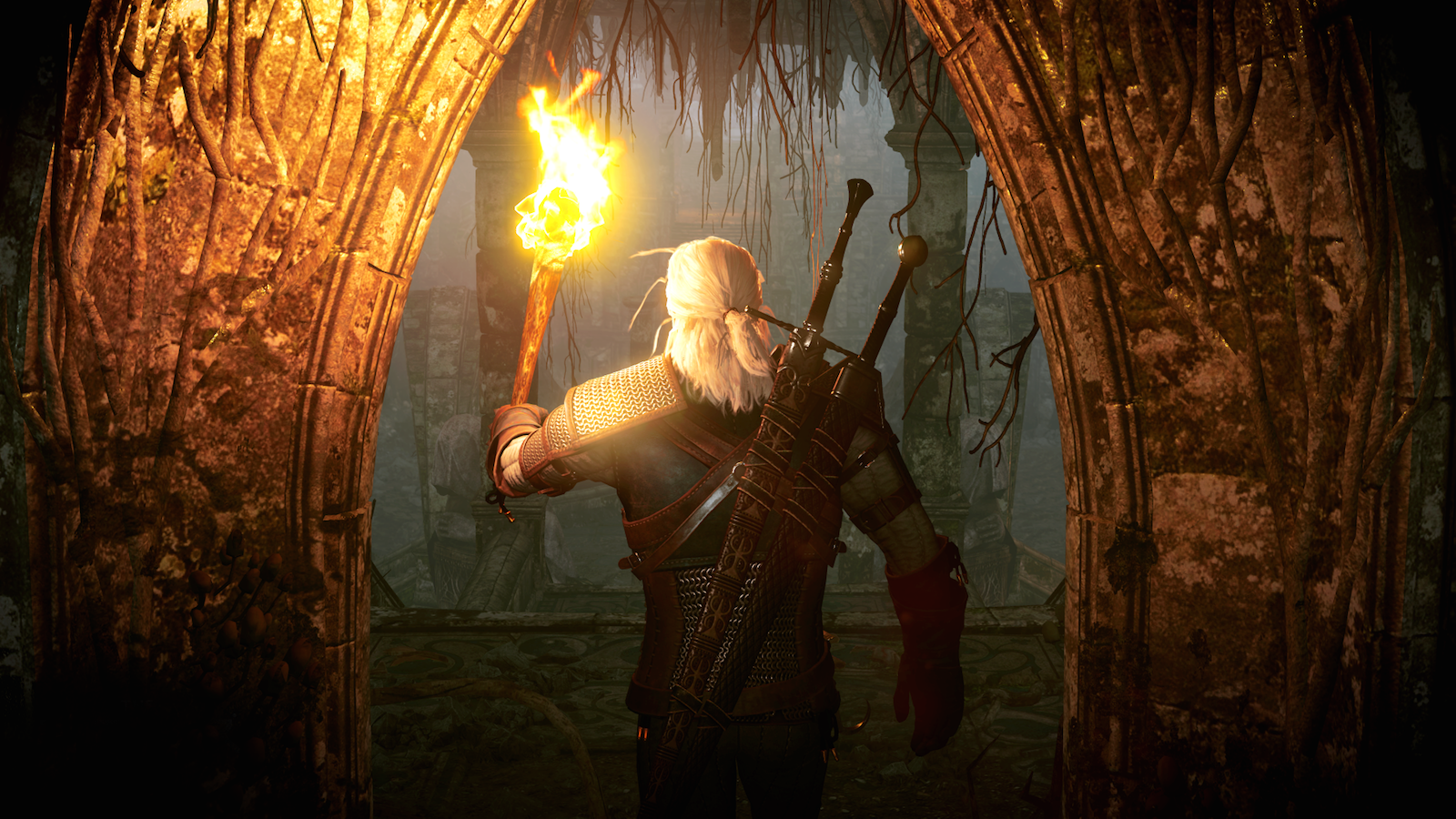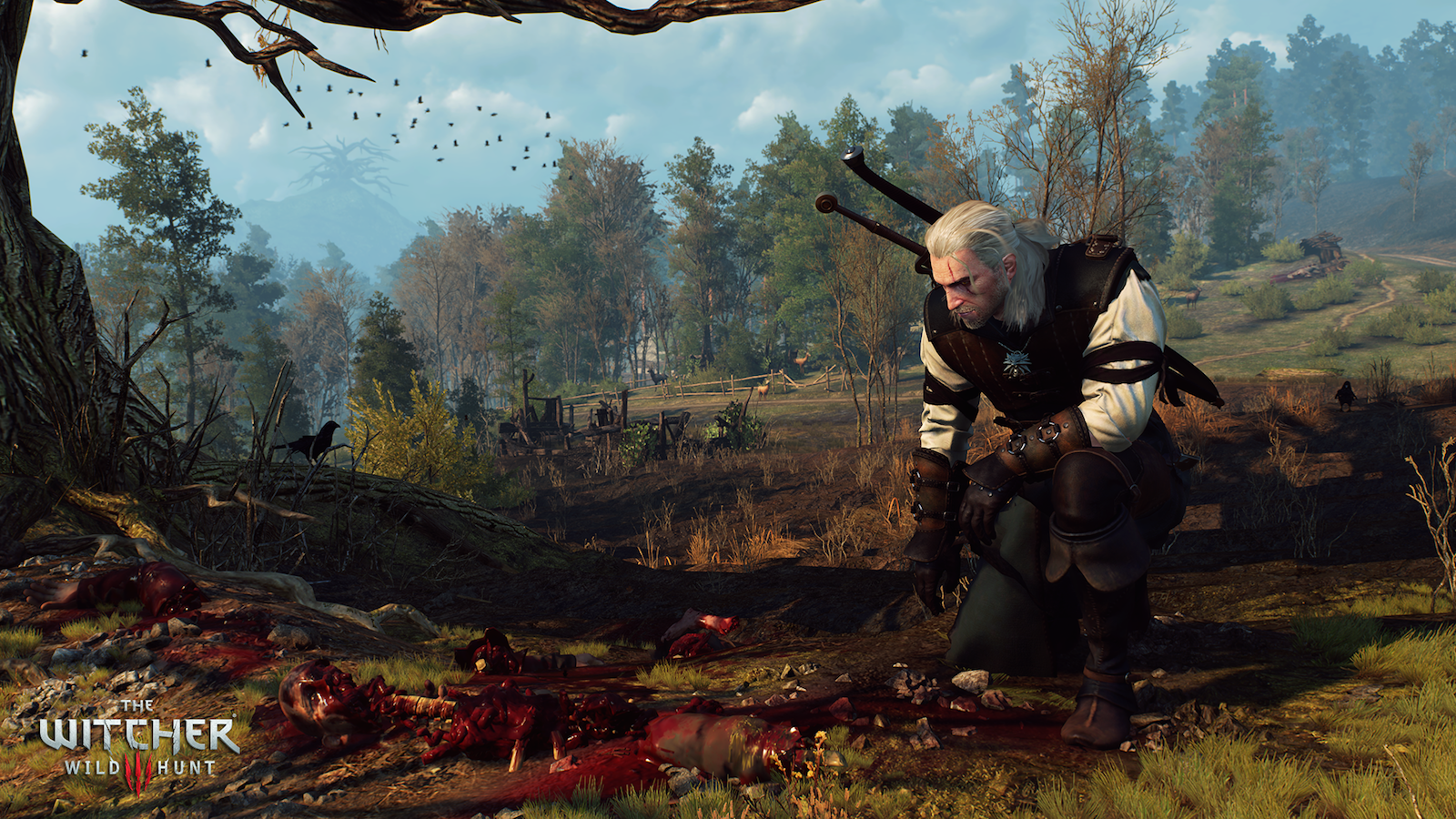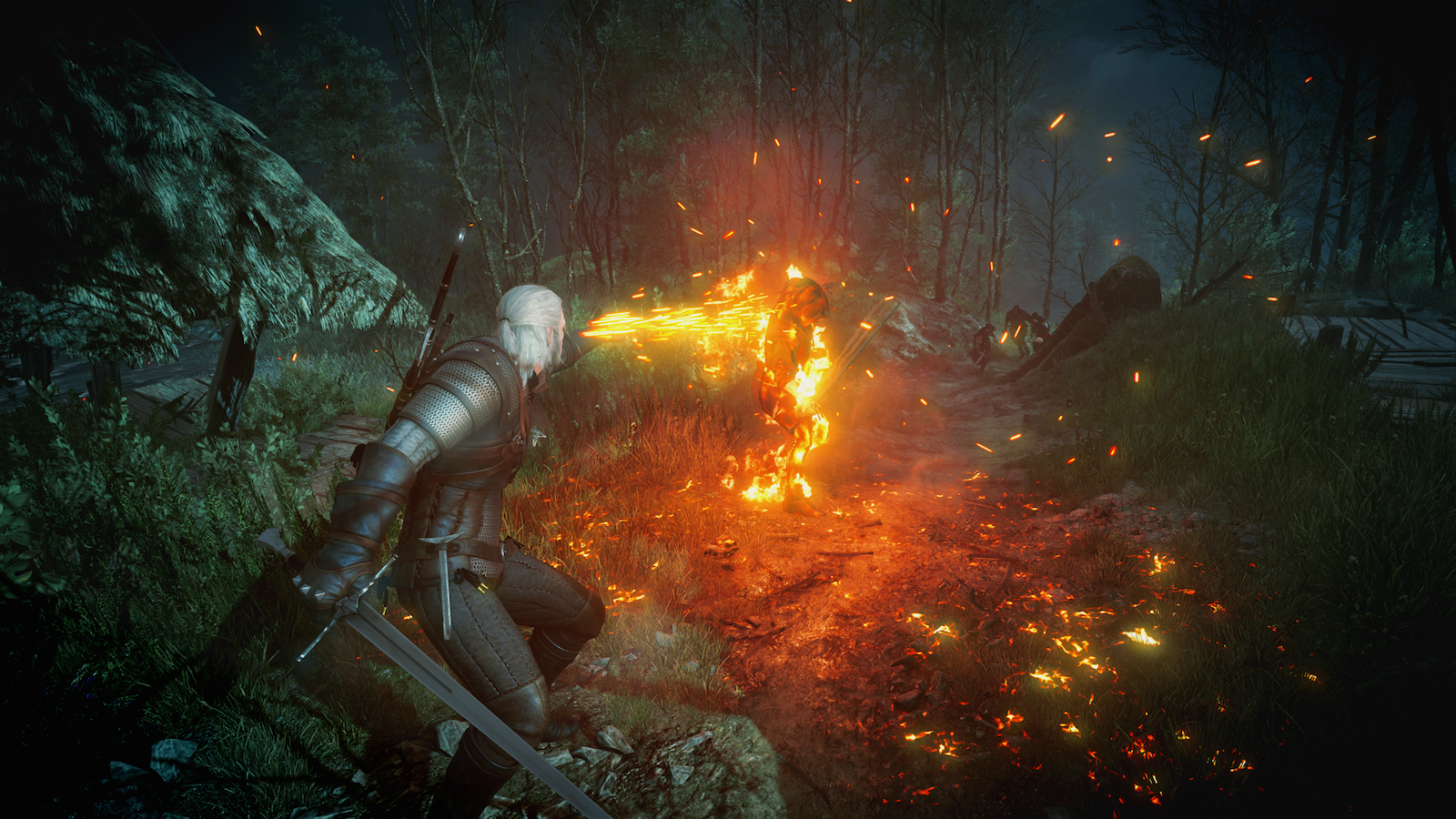The Witcher 3: Wild Hunt review
All the gore, nudity and cinematic storytelling of The Witcher series, but on a scale that dwarfs Skyrim
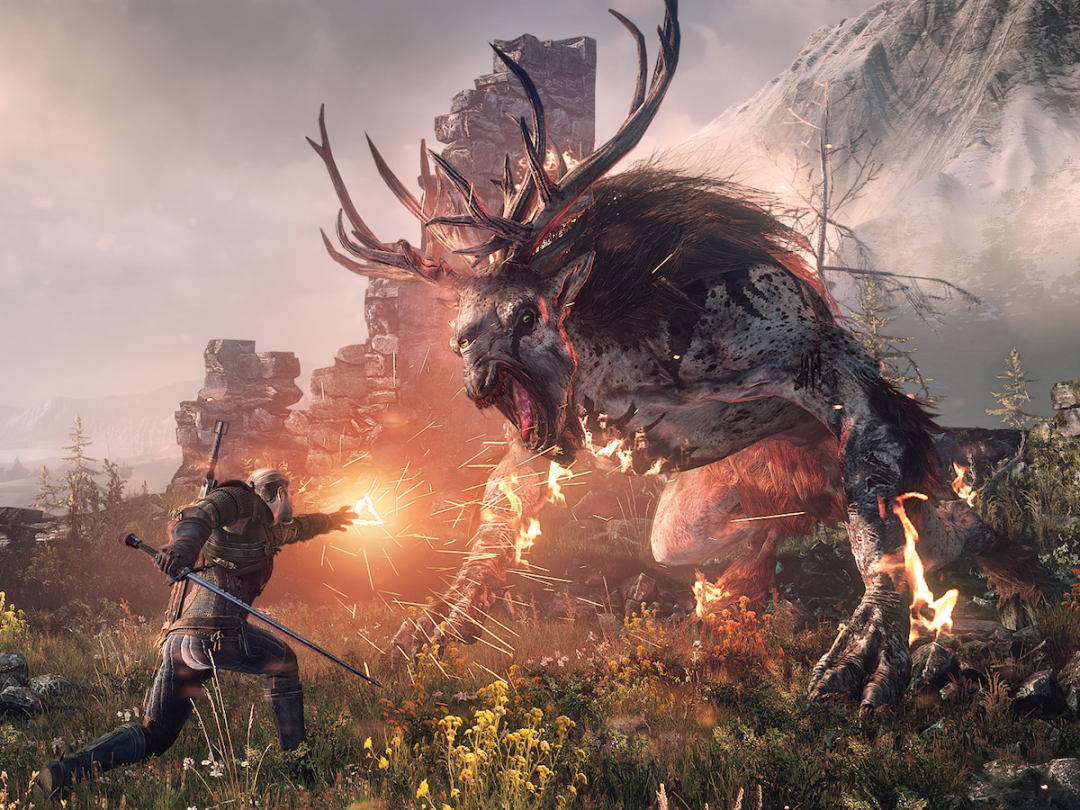
I’m fed up of games that are huge for the sake of it. Games that make a big song and dance of how many hundreds of hours of “entertainment” their sprawling worlds contain without realising that spending most of that time traipsing around a boring environment picking up pointless collectibles isn’t actually very entertaining. At all.
Thankfully, The Witcher 3: Wild Hunt isn’t that sort of game.
By which I mean that it is that sort of game in terms of being massive (around 50 hours for the main story, another 50 for the side quests, and perhaps another 50-100 for general exploring, investigating and tom-foolery), but its environment is so detailed and full of life, its story so engaging and its activities so interesting, that every hour spent in The Witcher 3’s company is a pleasure.
Hunting the huntee of the Wild Hunt
The Witcher 3 feels like the game that developer CD Projekt Red has been aiming for all along. That’s most obviously felt in the freedom of the massive open-world setting, but it’s also evident in every other aspect that’s been expanded, evolved and tweaked.
As ever, the titular, monster-hunting witcher is the star, and this time his personality shines. He’s still as dry as a skeleton’s wishbone, but there’s more of a twinkle in his eye and cheeky wit to his dialogue. In flashback we see him training his surrogate daughter, Ciri, and it’s tracking her down that forms the crux of the main quest. The only problem is that she’s also being tracked by The Wild Hunt – a bunch of very nasty skeletal chaps with a penchant for wanton murder and turning everything around them to ice – and the whole story plays out with a monster-infested, war-ravaged country as its backdrop.
A beautiful, horrible open world
It feels like a real (fantasy) world, and you feel like a real (fantasy) monster-hunter for hire, which means there’s a heck of a lot you can get involved in besides the main plot. There’s a huge amount of enjoyment to be had in simply playing the vagrant, wandering (or riding) the country looking for trouble, not least because said country is beautiful, even when it’s ugly and savage, thanks to environments teeming with detail, glorious, dynamic lighting and a weather system that can turn verdant fields into a sticky bog in minutes.
Said trouble is most easily found on the village or town’s notice board. Here the locals will post requests for help looking for missing loved ones, clearing a house of an infestation of unpleasant creatures, or tracking and killing a nearby monster.
A witcher’s work is never done
It’s the killing of nasty monsters that’s the bread and butter of any witcher worth his salt, and hunting your prey is more involved and interesting than before, frequently involving using witcher senses to find clues and track footprints or smells. The enemies are frequently truly, utterly revolting – wraiths with lolling tongues that would make Gene Simmons blush, and demon-babies wrapped in their own umbilical cords – but once you know what you’re up against you can use the bestiary to discover what its weaknesses are and prepare the relevant potions, bombs and magical “signs”.
Thankfully the preparation process is a bit more streamlined than in the previous games. Once you’ve brewed a potion once, it’s automatically restocked every time you meditate, and signs, bombs and other usable items (including the new crossbow) are available via radial pop-up whenever you like.
Read more › Game of Thrones: A Telltale Game review
Blade dancer

But combat is tough even when fully prepared, and there’s something fairly Bloodborne-like about the way you have to parry, pirouette and roll to create an opening to stick one of your two swords into (steel for humans, silver for monsters).
Regular saves mean failure is far less punishing that it is with Bloodborne, but on anything but the easiest difficulty setting you need to be prepared for fairly frequent death. Even simple Nekkers or Drowners can take you down if they attack in numbers.
You might also like › Bloodborne review
The Witcher 3 Verdict
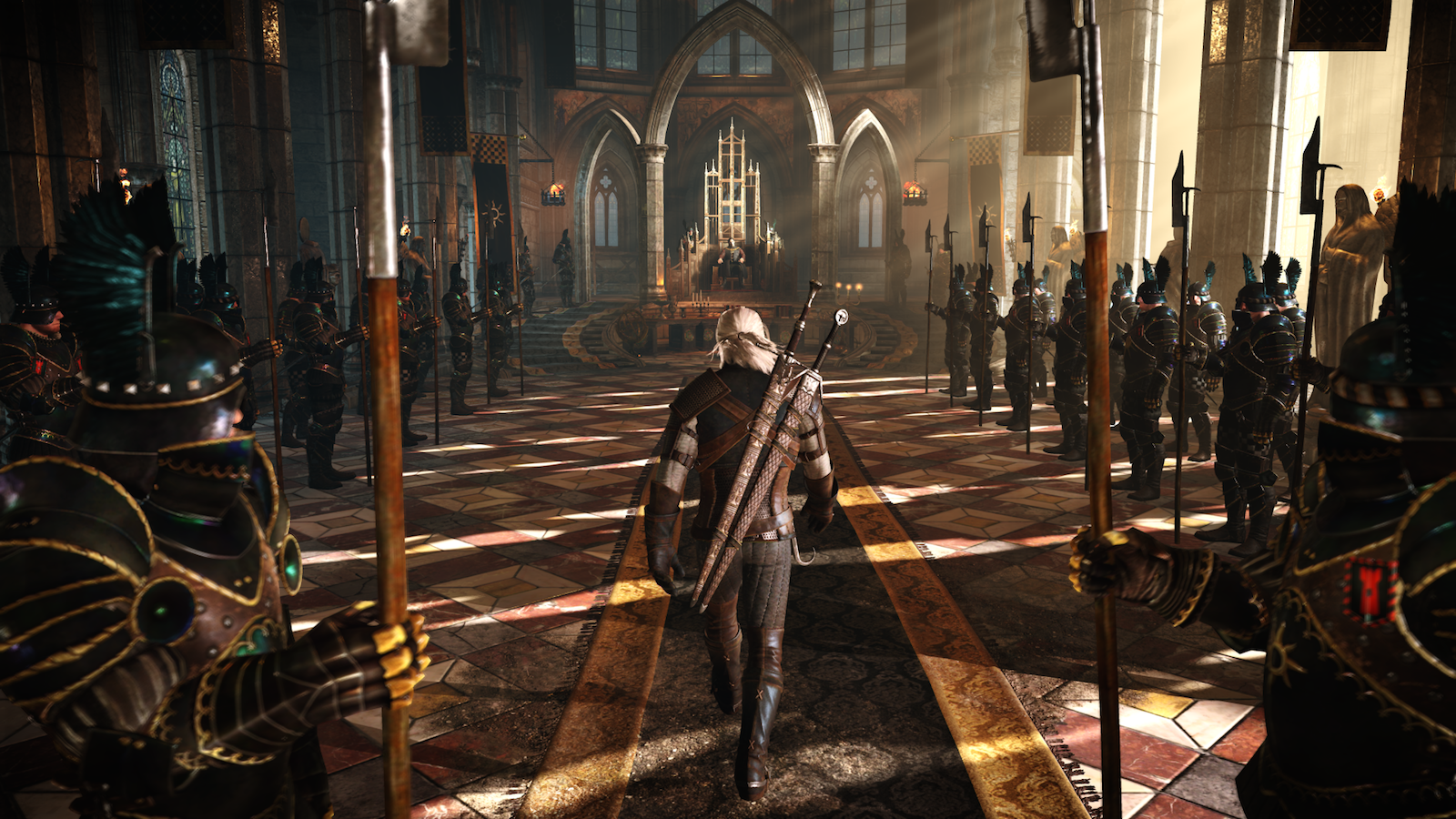
Those allergic to stats will likely still find there’s a little too much time spent in menus weighing up the +12 damage of one sword with the +15% critical chance of another, and there are issues with the AI’s pathfinding that means your horse seems to get stuck behind just about anything and everything all the flaming time, but these are minor flaws in a game that is otherwise something of a fantasy masterpiece.
Only the most RPG-phobic should avoid it – everyone else will find The Witcher 3 to be one of the finest games of recent memory.
Stuff Says…
Bigger than Skyrim and with more character, The Witcher 3 is a new RPG benchmark
Good Stuff
Gorgeous open world packed with interesting stuff
Fast, fluid and varied combat
Intriguing story
Gory, scary and witty in pretty equal measure
Bad Stuff
Still enough stats to put some people off
